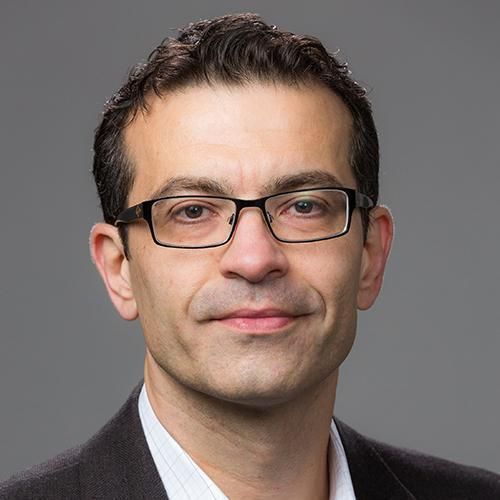
Engineered cardiac tissue patch maintains structural and electrical properties after epicardial implantation.
Functional cardiac tissue engineering holds promise as a candidate therapy for myocardial infarction and heart failure. Generation of "strong-contracting and fast-conducting" cardiac tissue patches capable of electromechanical coupling with host myocardium could allow efficient improvement of heart function without increased arrhythmogenic risks. Towards that goal, we engineered highly functional 1 cm × 1 cm cardiac tissue patches made of neonatal rat ventricular cells which after 2 weeks of culture exhibited force of contraction of 18.0 ± 1.4 mN, conduction velocity (CV) of 32.3 ± 1.8 cm/s, and sustained chronic activation when paced at rates as high as 8.7 ± 0.8 Hz. Patches transduced with genetically-encoded calcium indicator (GCaMP6) were implanted onto adult rat ventricles and after 4-6 weeks assessed for action potential conduction and electrical integration by two-camera optical mapping of GCaMP6-reported Ca2+ transients in the patch and RH237-reported action potentials in the recipient heart. Of the 13 implanted patches, 11 (85%) engrafted, maintained structural integrity, and conducted action potentials with average CVs and Ca2+ transient durations comparable to those before implantation. Despite preserved graft electrical properties, no anterograde or retrograde conduction could be induced between the patch and host cardiomyocytes, indicating lack of electrical integration. Electrical properties of the underlying myocardium were not changed by the engrafted patch. From immunostaining analyses, implanted patches were highly vascularized and expressed abundant electromechanical junctions, but remained separated from the epicardium by a non-myocyte layer. In summary, our studies demonstrate generation of highly functional cardiac tissue patches that can robustly engraft on the epicardial surface, vascularize, and maintain electrical function, but do not couple with host tissue. The lack of graft-host electrical integration is therefore a critical obstacle to development of efficient tissue engineering therapies for heart repair.
Duke Scholars
Altmetric Attention Stats
Dimensions Citation Stats
Published In
DOI
EISSN
Publication Date
Volume
Start / End Page
Location
Related Subject Headings
- Tissue Scaffolds
- Tissue Engineering
- Rats, Nude
- Rats
- Pericardium
- Myocytes, Cardiac
- Myocardium
- Biomedical Engineering
- Animals, Newborn
- Animals
Citation

Published In
DOI
EISSN
Publication Date
Volume
Start / End Page
Location
Related Subject Headings
- Tissue Scaffolds
- Tissue Engineering
- Rats, Nude
- Rats
- Pericardium
- Myocytes, Cardiac
- Myocardium
- Biomedical Engineering
- Animals, Newborn
- Animals


